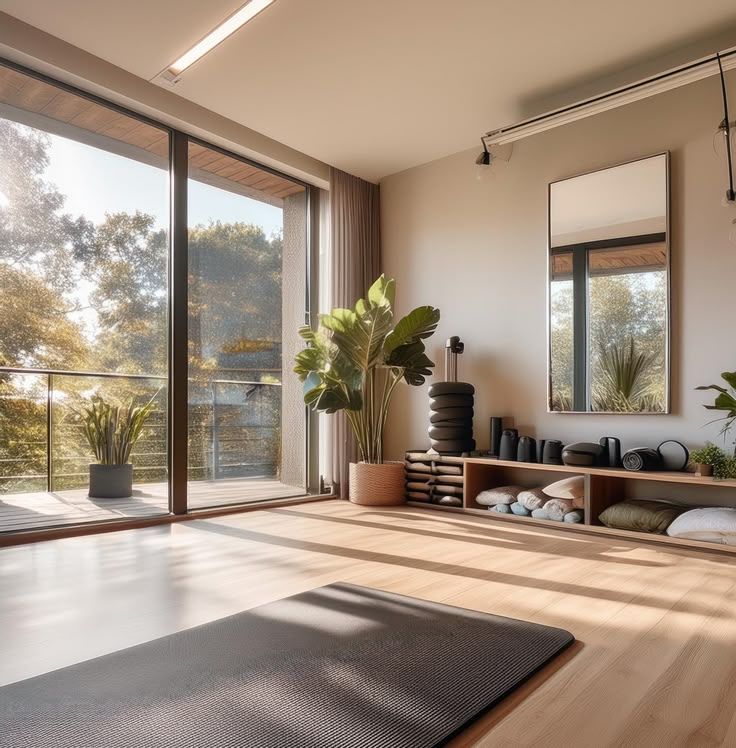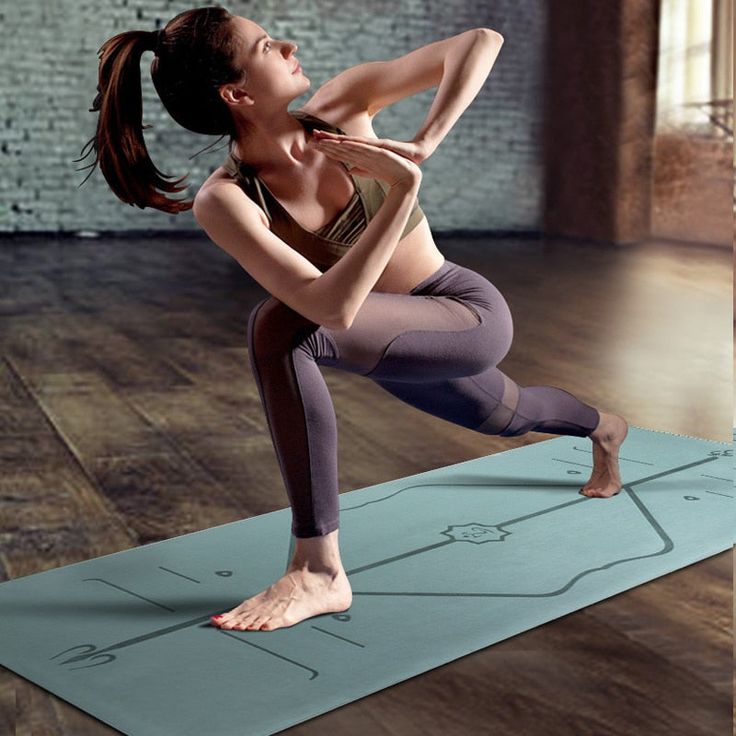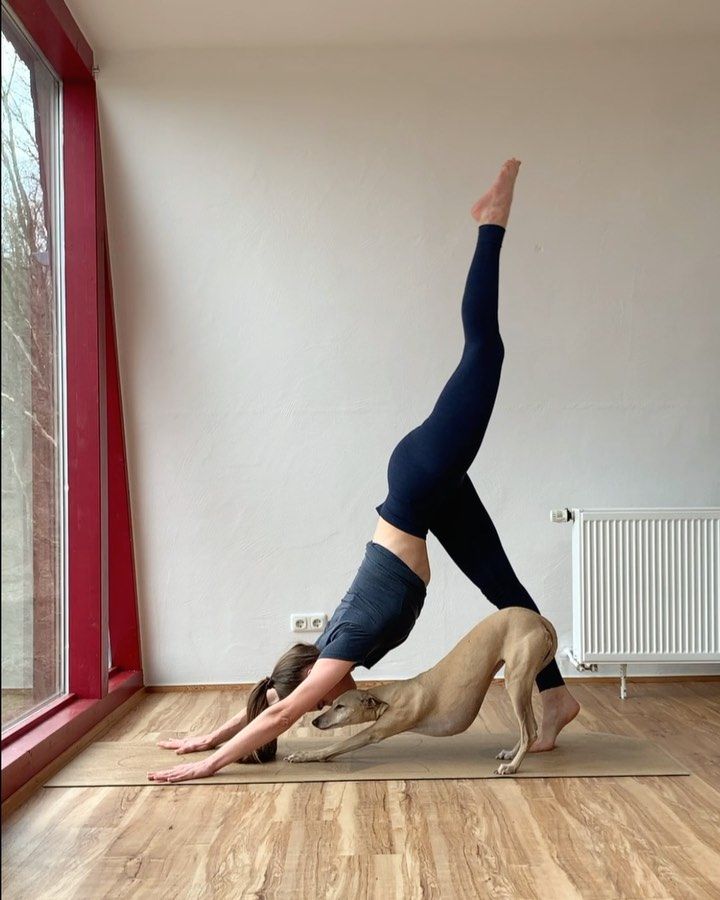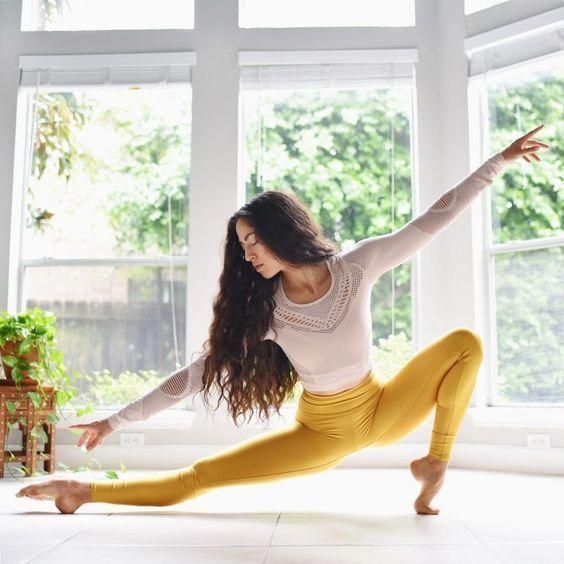Yoga, a powerful practice, harmonizes body and mind. The true essence of yoga lies in the inner awareness cultivated through personal practice. You can deeply connect with your body, emotions, and thoughts, fostering self-discovery.
However, daily yoga classes aren’t feasible for everyone. How can we practice yoga at home consistently?
As yoga unlocks your body and mind, truth emerges, bringing profound peace. Establishing a regular home yoga practice can be challenging, but understanding its benefits can motivate you to begin. Embark on a journey to unlock your potential with a consistent home yoga practice from the beginning.
To start practicing yoga at home, you’ll need some essential equipment and clothing. With the right setup, you can create a comfortable and effective space for your yoga practice.
Yoga is a powerful practice for nurturing physical strength, mental clarity, and emotional balance. Practicing at home offers flexibility, convenience, and a personalized experience. Whether you’re a beginner or a seasoned yogi, here’s how to create a fulfilling home practice.
Embrace the serenity of yoga in the comfort of your own space. Choose a quiet area in your home where you can practice without distractions.

What You Need to Get Started
Yoga Mat: A good quality yoga mat is essential for providing cushioning and grip. It helps define your personal space, offers traction to prevent slipping, and provides cushioning on hard floors. A non-slip mat provides cushioning and stability for poses. Starter mats are available for as little as $20, but premium mats can cost between $80 and $120.
Comfortable Clothing: Wear comfortable, breathable, stretchy yoga clothes that allows you to move freely.
Yoga Pants: Solid-color yoga pants in black, dark grey, navy, or brown are a good choice. High-quality leggings, such as seamless gym leggings can last a long time.
Loose Pants: Jogger-style or harem pants with elastic around the ankles offer extra room while staying in place.
Shorts: Form-fitting spandex sports shorts or looser shorts with connected tights are suitable, especially for hot yoga.
Tops: Wear form-fitting sports tops to avoid them falling over your head during bends. Wicking material is helpful, especially for hot yoga.
Sports Bras: A good yoga sports bra can provide support during transitions between poses.
Hair Ties or Headbands: Secure long hair to keep it out of your face.

Optional Props:
Yoga Blocks: Yoga blocks help improve alignment and make poses more comfortable by “raising the floor” to meet your hands. They are especially useful in standing poses and can help maintain proper form in poses like Half Moon. Foam blocks are a good option, but cork blocks are sturdier.
Yoga Strap: Straps act as arm extenders in poses where you can’t reach your feet. They are helpful in seated forward bends or when binding hands behind your back.
Blankets: Folded blankets can lift the hips during seated poses or provide support in lying poses. They can also be used for warmth during relaxation.
Bolster: Bolsters can be used in place of blankets to make seated and forward bending poses more comfortable. They are especially useful in restorative and prenatal yoga.
Mat Bags or Slings: These make it easier to carry your mat to and from your practice space.
Yoga Socks: Yoga socks with grips can be used if you prefer to cover your feet, but practicing barefoot is generally recommended for better balance.
Towel: A microfiber yoga mat towel is essential if you practice hot yoga or sweat a lot.
Yoga Wheel: Yoga wheels can deepen stretches and enhance flexibility
Yoga Bottles: A convenient and helpful bottle for drinking is essential. Stay hydrated during and after practice.

How to Set Up Your Home Yoga Practice
Use Online Resources: Start with videos on YouTube that are specifically for beginners to ensure you understand how to do poses correctly.
1. Create Your Sanctuary
Clear a space large enough for your mat and movement.
Add calming elements: dim lighting, candles, or soothing music.
2. Set a Routine
Choose a consistent time—morning to energize or evening to unwind.
Start with 15–20 minutes daily; gradually increase as you build habit.
3. Warm Up
Begin with gentle stretches (neck rolls, cat-cow, seated twists) to awaken the body.
4. Follow a Sequence
Beginners: Try Sun Salutations (Surya Namaskar) to build flow.
Incorporate basic poses:
Downward Dog (stretches hamstrings)
Warrior I/II (builds strength)
Child’s Pose (resting position)
5. Focus on Breath
Sync movements with breath (inhale to expand, exhale to release).
Practice ujjayi (ocean-sounding breath) for mindfulness.
6. Cool Down & Relax
End with gentle stretches and Savasana (5–10 minutes lying flat) to integrate the practice.

Tips for Practicing Yoga at home Successfully
Modify poses or skip advanced variations to avoid injury, Listen to Your Body.
Stay Consistent, even short sessions yield benefits.
Track Progress: Journal about how poses feel or milestones (e.g., holding a plank longer), start from body opening.
Join Virtual Communities: Engage with online groups for motivation, such Facebook groups or other sports forum, Instagram tag activities.
Conclusion
Home yoga practice is a rewarding journey that adapts to your lifestyle. With minimal equipment and a mindful approach, you can cultivate strength, peace, and resilience. Roll out your mat, take a deep breath, and begin—one pose at a time.